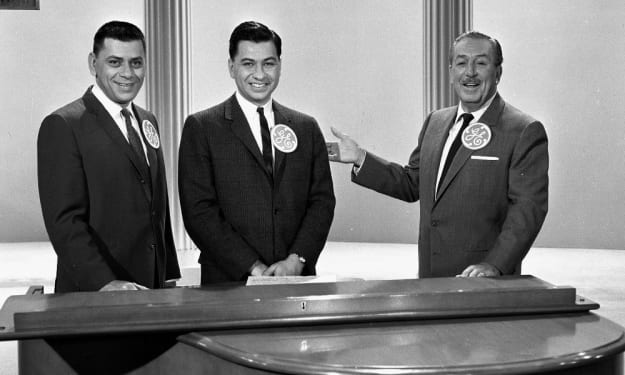Unraveling the Roots
A Journey Through the History of Hip Hop

Hip hop, a cultural movement that emerged in the Bronx, New York City, during the 1970s, has grown into a global phenomenon with a rich and diverse history. From its humble beginnings as a form of expression for marginalized communities to its influence on mainstream culture and music, the evolution of hip hop is a testament to its enduring impact and relevance.
1.The Birth of Hip Hop

Hip hop's origins can be traced back to the streets of the South Bronx in the late 1970s, a time marked by economic decline, urban decay, and social unrest. Against this backdrop, African American and Latino youth found solace and empowerment through creative expression, particularly in the form of music, dance, and graffiti art.
One of the key figures credited with the birth of hip hop is DJ Kool Herc, a Jamaican immigrant whose innovative use of turntables and mixers revolutionized the art of DJing. Herc's legendary parties in the Bronx, where he showcased his mastery of mixing and blending funk, soul, and disco records, laid the foundation for the hip hop DJ culture.
Alongside DJing, another fundamental element of hip hop culture is MCing, or rapping. Pioneering MCs like Grandmaster Flash, Afrika Bambaataa, and Kurtis Blow emerged during this period, using their lyrical prowess to narrate the realities of inner-city life and express social and political commentary.
2.The Rise of Hip Hop Culture:

As hip hop continued to gain momentum in the late 1970s and early 1980s, it became synonymous with the four elements: DJing, MCing, graffiti art, and breakdancing. These elements served as pillars of the culture, providing avenues for self-expression, creativity, and community building.
Breakdancing, also known as b-boying or breaking, emerged as a dynamic form of street dance characterized by acrobatic moves, fluid footwork, and intricate body movements. Crews like the Rock Steady Crew and the New York City Breakers popularized breakdancing through electrifying performances and competitions, solidifying its place within hip hop culture.
Graffiti art, another integral element of hip hop, served as a visual representation of urban life and culture. Graffiti artists, or "writers," transformed public spaces into vibrant canvases, using spray paint and bold lettering to convey messages of identity, resistance, and creativity.
As hip hop culture continued to evolve, it expanded beyond its origins in the Bronx and spread to other urban centers across the United States, including Los Angeles, Chicago, and Atlanta. Each region contributed its unique flavor and style to the hip hop movement, leading to the emergence of distinct subgenres and regional scenes.
3.Mainstream Success and Cultural Impact

By the late 1980s and early 1990s, hip hop had transcended its underground roots and entered the mainstream consciousness. Artists like Run-DMC, LL Cool J, and Public Enemy achieved commercial success and critical acclaim, bringing hip hop music and culture to a global audience.
The golden age of hip hop, characterized by innovative production techniques, socially conscious lyrics, and artistic experimentation, saw the rise of iconic albums and artists that shaped the genre's trajectory. Albums like "The Chronic" by Dr. Dre, "Illmatic" by Nas, and "The Miseducation of Lauryn Hill" by Lauryn Hill are regarded as timeless classics that continue to inspire artists and listeners alike.
Hip hop's cultural impact extends beyond music, influencing fashion, language, art, and entertainment. From streetwear brands like Adidas and Nike to slang terms like "bling" and "phat," hip hop has left an indelible mark on popular culture and society at large.
In recent years, hip hop has continued to evolve and adapt to changing times, with artists embracing new technologies and platforms to reach audiences around the world. From the rise of streaming services to the global phenomenon of social media, hip hop remains at the forefront of innovation and creativity in the music industry.
As we reflect on the history of hip hop, it becomes clear that its enduring legacy lies in its ability to empower marginalized voices, challenge societal norms, and unite people from diverse backgrounds through the universal language of music and culture. Hip hop's journey from the streets of the Bronx to the global stage is a testament to the resilience and creativity of the human spirit, and its influence will continue to shape the world for generations to come.






Comments (1)
Great recap about hip hop history! The genre has done so much for culture and has changed & developed so much over the years.